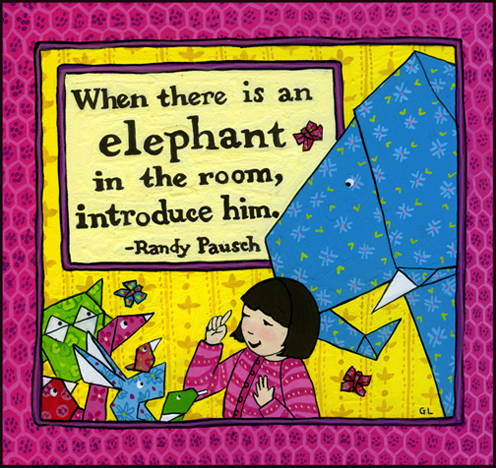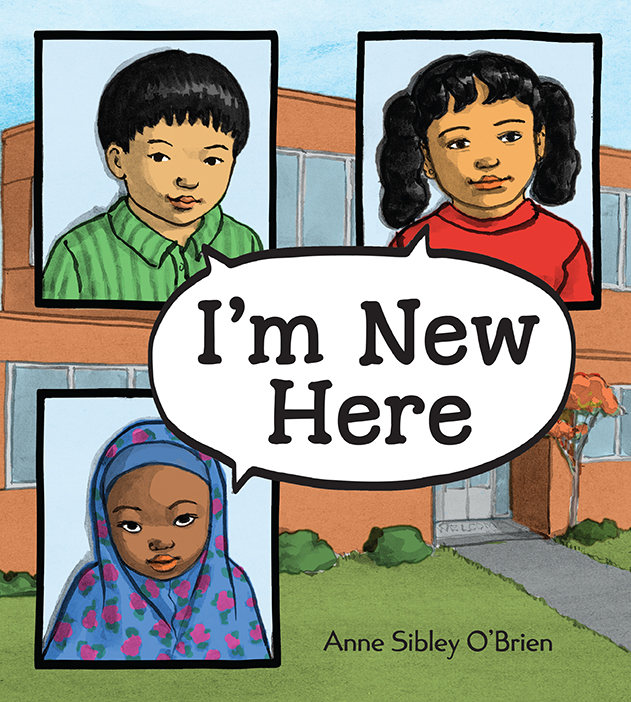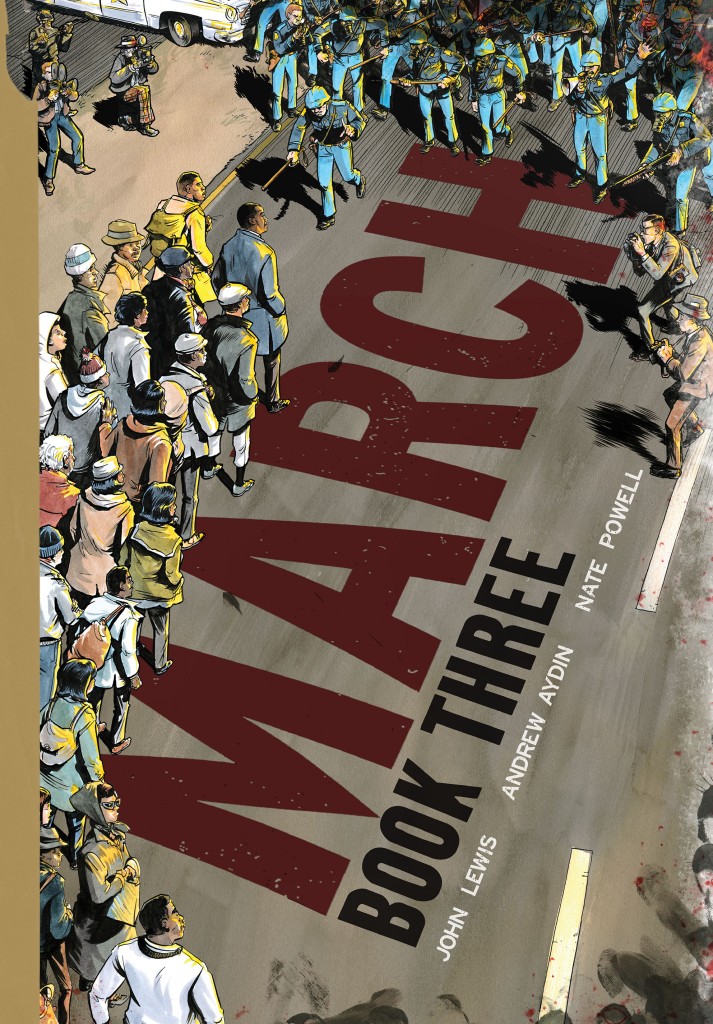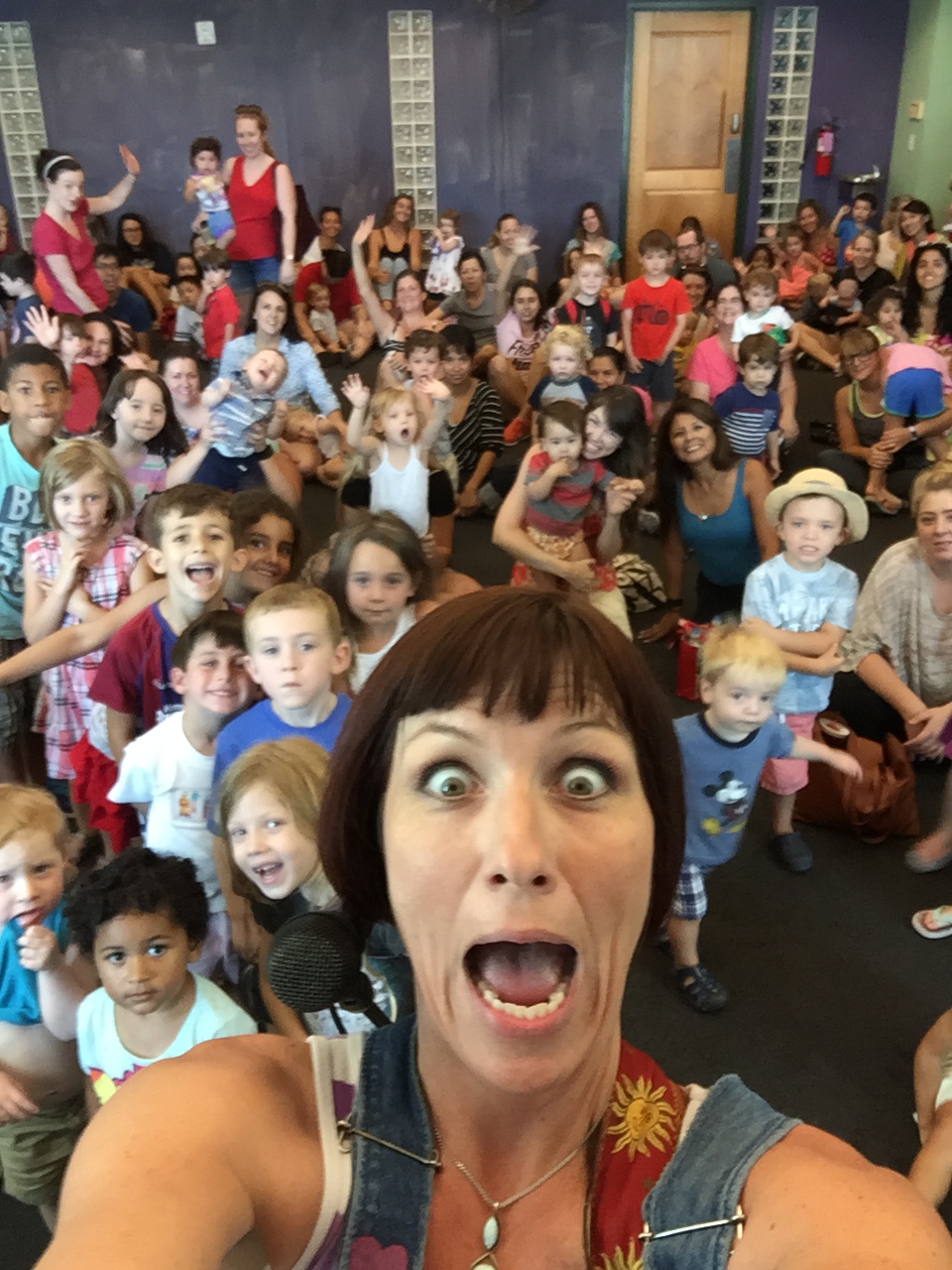
Grace Lin’s beautiful contribution to one of my earliest ShelfTalker posts—almost seven years ago—about the (literally) ivory tower of publishing. Not enough has changed since then. Click on the image to see a dozen more powerful pieces of art created by artists we invited to address the topic.
Greetings from chilly Minneapolis, which hosted this year’s Winter Institute (the bookselling community’s annual educational conference). I won’t recap the conference; Publishers Weekly and Shelf Awareness have posted terrific photos and highlights from the sessions, like the phenomenal breakfast keynote by Roxane Gay, who took the entire book industry to task not only for its continued lack of inclusiveness at a systemic level, but for complacently allowing inclusion efforts to stop at inviting people of color to participate on panels, and for expecting people of color to lead the way and do the work of activism for us. (Read more of her comments here, thanks to Shelf Awareness.)
Gay’s rallying cry reinforced and galvanized passionate booksellers, who raised concerns and calls to action throughout the weekend, especially at the well-attended Town Hall Meeting. The wheels of righting racism grind exceeding slow, but many booksellers, publishers, and American Booksellers Association staff and board members are heading home with renewed determination, ideas, and fire in the belly to take meaningful action.
In addition to stepping up my own efforts to do outreach to make our bookstore staff more diverse, I’ve decided to focus energy on a program I’ve wanted to implement for two years. It’s an idea I first heard from blogger and literacy activist Edi Campbell at a conference on diversity in publishing. Brilliant in its simplicity, this is something just about any individual can do for a few dollars a month, and something any bookstore can help scores of individuals to accomplish: adopt one classroom and donate a book each month to the classroom’s library. That’s it! The donated books—celebrating the rich tapestry of people who share this nation—will be wonderful, engaging, and inclusive, and at the end of the year, the classroom will have a dozen new titles (two in September and December, and two in May for schools that end in May).
My plan for the store’s Adopt-a-Classroom Program is this:
We will introduce the Adopt-a-Classroom Program to customers and teachers, explaining how it works: customers will come to the store or use our website to choose one book each month to donate to a preschool, kindergarten, or elementary school classroom. The chosen books must feature real or fictional characters who are traditionally underrepresented in literature, so that the recipient classroom library becomes richer, more inclusive, and welcoming for all students, helping them see themselves and others reflected on the pages of their books.
The bookstore will offer customers our educator discount for these purchases.
We will help match customers with classrooms in need if they don’t already have a classroom in mind.
For customers desiring some guidance on what to donate, we will have lists of recommended books for preschool and grades K-3, 4-5, and 6-8. We will also use as a resource our World Full of Color database of more than 1,300 books featuring main characters of color in a multitude of stories that are not primarily driven by issues of race.
We will invite teachers to share any wish list books with us (as long as those books fill the inclusive mission of this program).
This is just the kernel of the plan. There are so many ways to be creative and expand on the idea!
Once we have the information sheet written and designed, and the logistical mechanisms in place, I’ll post again and share the materials so that other bookstores can use them as a springboard.
***
Winter Institute colleagues, what plans are you bringing home to your stores?
P.S. It’s also almost February and Black History Month, so I wanted to direct people back to the September post, A Joyful Diversity Collection, which, among other titles, features many books about African-American heroes, explorers, inventors, scientists, artists, musicians, doctors, social innovators, and so much more. In these dark days, it’s even more important to add JOY, triumph, inspiration, and hope to your Black History Month displays!




 me one of the most successful teams in history and who Sheinkin credits with inventing the game of football as it exists today. A member of the Sac and Fox Nation who co-founded the National Football League, the team’s star Jim Thorpe was also the first Native American to win an Olympic Gold Medal and is still considered one of the best athletes in history. But Thorpe’s journey was neither rosy nor easy, and the racism and betrayals he faced make this, in Steve Sheinkin’s own words, “one of the most inspiring” and “one of the most heartbreaking” stories that he has ever told. While he was here, I took the opportunity to ask him a few questions. It was a great conversation about this important new book, and you can read
me one of the most successful teams in history and who Sheinkin credits with inventing the game of football as it exists today. A member of the Sac and Fox Nation who co-founded the National Football League, the team’s star Jim Thorpe was also the first Native American to win an Olympic Gold Medal and is still considered one of the best athletes in history. But Thorpe’s journey was neither rosy nor easy, and the racism and betrayals he faced make this, in Steve Sheinkin’s own words, “one of the most inspiring” and “one of the most heartbreaking” stories that he has ever told. While he was here, I took the opportunity to ask him a few questions. It was a great conversation about this important new book, and you can read 
 For children’s book people, the ALA Youth Media Awards are more exciting than the Oscars — and, at least for the past few years, a whole lot more diverse in their recogn
For children’s book people, the ALA Youth Media Awards are more exciting than the Oscars — and, at least for the past few years, a whole lot more diverse in their recogn


 Our astute staffer, Sandy, often makes casual remarks at work that lead to blog posts. (Lucky for me!) Recently, she’s implemented a new system for organizing Advance Reading Copies (ARCs) in our office bookcase: instead of simply arranging them by publication date, Sandy looks up reviews and arranges them in stacks by starred reviews received. One star, two stars, three stars, on the top shelf, followed by the books that have yet to receive stars.
Our astute staffer, Sandy, often makes casual remarks at work that lead to blog posts. (Lucky for me!) Recently, she’s implemented a new system for organizing Advance Reading Copies (ARCs) in our office bookcase: instead of simply arranging them by publication date, Sandy looks up reviews and arranges them in stacks by starred reviews received. One star, two stars, three stars, on the top shelf, followed by the books that have yet to receive stars.